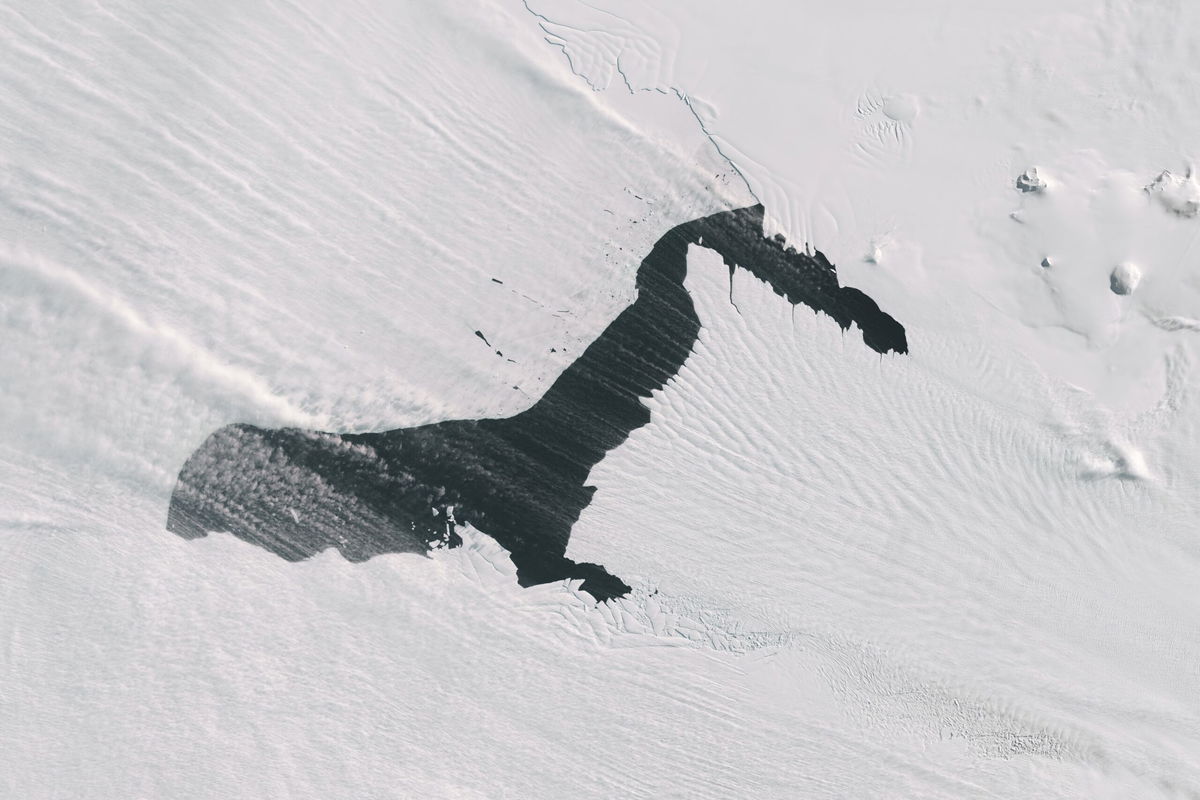Critical Antarctica glacier appears to be smoking in rare view from space

Steam fog
(CNN) — A vital glacier in western Antarctica appears to be smoking in a rare view captured by a NASA satellite earlier this month.
The so-called “sea smoke,” isn’t actually smoke, it’s fog – and appears as cottony white wisps above the dark surface of the ocean water where Pine Island Glacier meets the sea in the satellite image above.
Water and wind were key in conjuring up the sea smoke. A bout of strong winds pushed aside ice and colder water allowing warmer water to come to the surface, according to NASA. The warmer water injected warmer, moist air into the exceptionally dry, cold air whipping across it. The temperature clash caused the moisture in that air to condense into fog.
From the ground, this would look like someone turned on a spooky fog machine in a haunted house over the water. The area close to the surface of the water gets enveloped in an eerie mist or haze that resembles smoke, hence the nickname.
Sea smoke itself isn’t rare – it can happen any time exceptionally cold, dry air passes over a warmer body of water. It’s often seen on the Great Lakes when the first Arctic blast of winter passes over lakes that are still relatively warm.
But seeing it on satellite over Pine Island Glacier was rare because the area is usually shrouded in clouds, according to NASA.
Pine Island Glacier is a vital and highly monitored part of Antarctica that is threatened by a warming world. The glacier acts like plumbing for the massive ice sheet that abuts it, sending a flow of ice into the adjacent ocean.
That flow has been increasing “dramatically” since the 1990s as the glacier gets thrown out of balance by warm air, water and a lack of snow, and is unable to recharge its ice, CNN previously reported.
It, along with the neighboring so-called “Doomsday Glacier,” Thwaites, are losing ice at an accelerated pace over the past several decades and have the potential to raise sea levels on their own by a few feet.
The glaciers also help to prevent the collapse of the rest of the Antarctic ice sheet behind them that has enough ice to raise sea levels a catastrophic 10 feet.
The-CNN-Wire
™ & © 2024 Cable News Network, Inc., a Warner Bros. Discovery Company. All rights reserved.